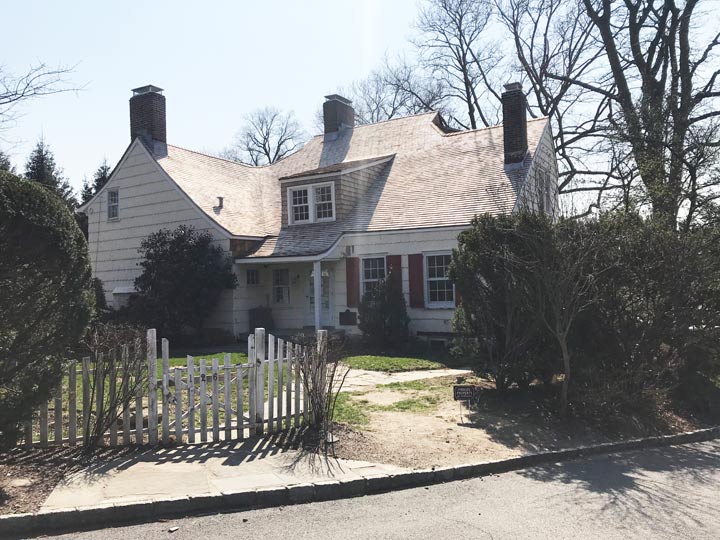
Scotsman George Douglas purchased the peninsula from Wynant Van Zandt in 1835. The region was later developed as a suburban resort and exclusive enclave, and enjoys pleasant views of Little Neck Bay and Long Island Sound. Streets were laid out in 1906 by the Rickert-Finlay realty company, who had purchased the property from William Douglas, George’s son, and eclectic, individualistic homes were built in the area, which has always been among Queens’ most affluent. The streets have retained their original names and have ignored the Queens mania for giving every street a number. The Douglas name was appended to the area in 1876, after William Douglas had donated a Long Island Rail Road stop. Today, mansions in Douglas Manor can sell for $4 million or more.
The oldest building in Douglaston dates to pre-Revolutionary days: the Cornelius Van Wyck residence at West Drive and the dead end Alston Place, within view of Little Neck Bay, was built in 1735, making it one of the few remaining Queens edifices from the 18th Century.
Check out the ForgottenBook, take a look at the gift shop, and as always, “comment…as you see fit.” I earn a small payment when you click on any ad on the site.
4/12/21


2 comments
‘Am sure Cornelius pronounced his name Van Wike.
I lived in Jamaica, Queens from 1979 through 1987, and there was a conductor on either the E or F train, I don’t remember which, who would always pronounce the name both ways whenever the train stopped at Van Wyck Boulevard — “Van Wick” and “Van Wike”.